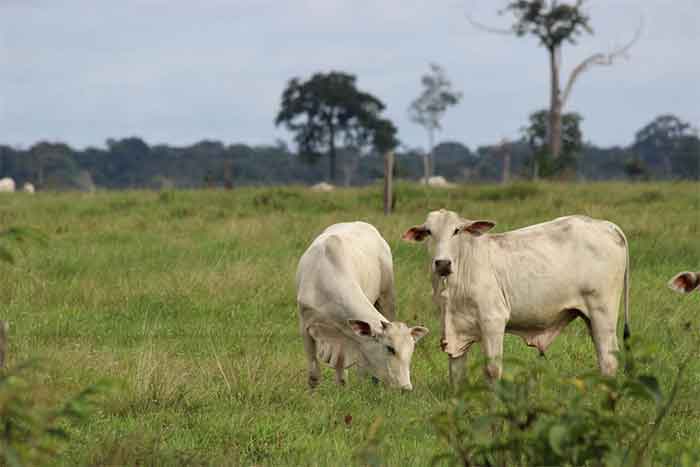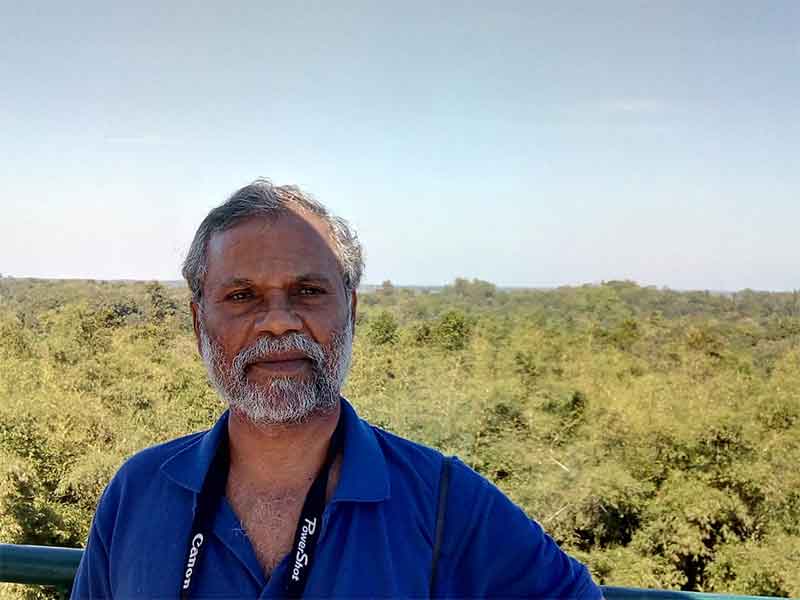
While conservation and protection of environment should get very high priority in development planning, avoidable problems have been created whenever conservation has been pushed into a narrow path where it gets alienated from the concerns and needs of local people and communities. One aspect of this narrow approach, promoted by elites who frequently dominate conservation groups, relates to strong opposition to any grazing activity in conserved areas, leading to avoidable conflict of conservation programs with local farming and pastoral communities, while the effort should instead be to secure the involvement of these communities in conservation, as such local support and base is of crucial importance for the success of conservation efforts.
Several learned scholars, experienced activists and community leaders including women have been emphasizing the need for alternative approaches which integrate and involve local communities instead of alienating them. This approach is likely to get further support from a new study on grazing.
This study was conducted by the Indian Institute of Science, Bengaluru, with the support of the Himachal Pradesh government, local authorities and the people of Kibber village in Spiti. The study was based on examining and comparing two kinds of plots and particularly their soil, one where grazing was avoided and one where grazing was allowed, over a period of about 16 years or so. The study found that soil carbon in the fenced plots fluctuated 30% — 40% more than in the plots where animals were allowed to graze. The study concluded that grazing animals can have a significant impact on the stability of soil carbon in grazing ecosystems.
While the findings of this study are important, this does not imply that temporary restrictions on grazing should be ruled out in all circumstances. As this writer found in studies of several such situations, such restrictions can be useful when these are placed temporarily with the involvement and guidance of rural communities as a part of regeneration of degraded forest and grazing areas, when communities understand clearly that these temporary restrictions are only to support and promote their sustainable livelihoods in the longer-term.
So the context in which any restriction on grazing is introduced is very important, the crucial difference being whether this is done in a way which involves the community for promoting sustainable livelihoods, or whether it harms/alienates communities by curbing their short-term as well as long-term livelihood prospects.
This debate has wider implications as livelihoods of several farming and pastoral communities have been threatened from time by time by saying that their grazing activities are harmful for environment. If it can be demonstrated that with some adjustments and self-discipline, grazing and grazing animals can be an integral part of sustainable development systems, even contributing to climate change mitigation as well as adaptation, then the agenda of rural development as well as conservation can change in important ways, whereby conservation also becomes more people centered instead of alienating towards rural communities.
This understanding is important also in the context of the wider policies of the so-called white revolution and animal husbandry. While there has been a lot of emphasis on somehow increasing liquid milk and milk product availability to cities and elite consumers, the more basic tasks such as protection, regeneration and improvement of grazing lands and ecosystems have been neglected, with the result that sustainability aspects are suffering and costs of purchased inputs go on increasing at a fast pace. Farm/dairy animals particularly cows are always healthier when they roam around and graze feely, happily in green pastures.
While this understanding is of course important in the context of India, it is perhaps even more important in the context of several other countries of global south particularly Africa. In many countries of Africa, it is the pastoral communities, including several nomadic communities, which have suffered the most due to arbitrary and unjust policies, first for a long time at the hands of colonial rulers and then from neo-colonial business interests. This led to not just breakdown of sustainable livelihood systems which had made very rational and wise use of local resources for centuries, but in addition also to several conflict situations. If many parts of Africa are suffering from so much hunger and conflict today, then this is to a considerable part due to the disruption of pastoral people’s livelihoods and the blockage, denial and destruction of their grazing routes, lands and facilities.
Hence the debate on grazing and pastoral practices has a much wider context, and must be resolved in a way that integrates the concerns of protection of livelihoods and justice to vulnerable communities which have suffered much already with the concerns of environment protection and climate change mitigation.
Bharat Dogra is Honorary Convener, Campaign to Save Earth Now. His recent books include Planet in Peril, A Day in 2071 and Protecting Earth for Children.
















































